Vitra

The Vitra Guéridon Table, a design by Jean Prouvé, was designed for the University of Paris and is a textbook example of a transparent construction.

The Vitra Guéridon Table, a design by Jean Prouvé, was designed for the University of Paris and is a textbook example of a transparent construction.
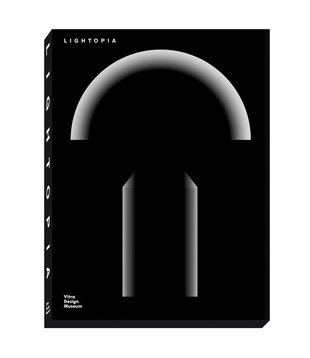
This book "Lightopia", published by the Vitra Design Museum, is a three-part guide to the history and present of design lighting.
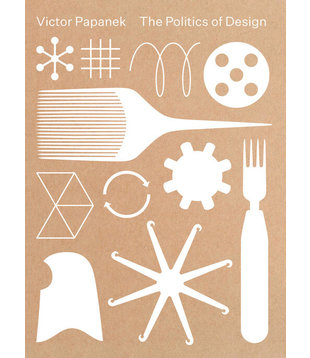
Victor Papanek's book "The Politics of Design" offers you a nice overview of the work of this designer.
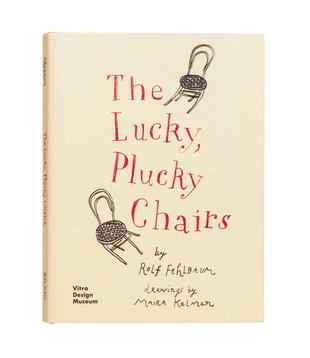
The Book "The Lucky, Plucky Chairs," published by Vitra Design Museum, is a unique fairy tale about the adventures of eight Thonet chairs

The "Coloring Book - La Fonda del Sol" is a coloring book in which various sun motifs by Alexander Girard tempt you to color them.
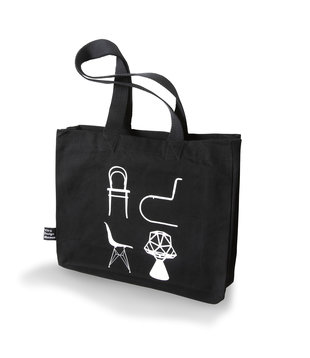
A versatile Atlas of Furniture Design bag by Swiss furniture label Vitra, it can also be used for shopping, sports and studying!
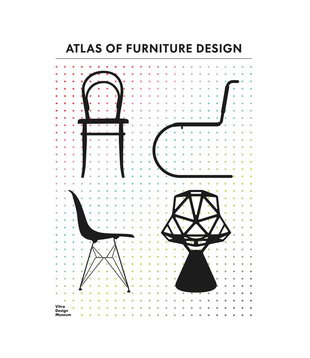
The book Atlas of Furniture Design, published by the Vitra Design Museum, offers a comprehensive insight into the history of modern furniture design with 1028 pages.
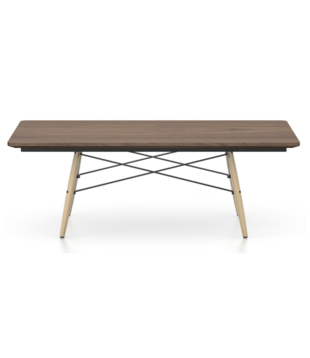
In 1949, Charles and Ray Eames designed the Eames Coffee Table as a unique piece for their own home decor.
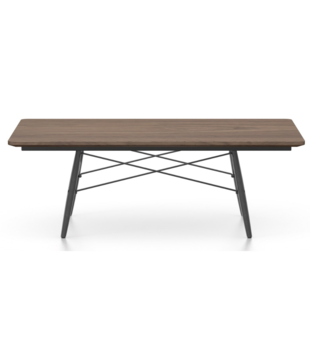
In 1949, Charles and Ray Eames designed the Eames Coffee Table as a unique piece for their own home decor.
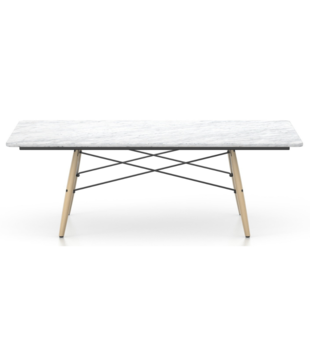
In 1949, Charles and Ray Eames designed the Eames Coffee Table as a unique piece for their own home decor.

In 1949, Charles and Ray Eames designed the Eames Coffee Table as a unique piece for their home decor.

In 1949, Charles and Ray Eames designed the Eames Coffee Table as a unique piece for their own home decor.
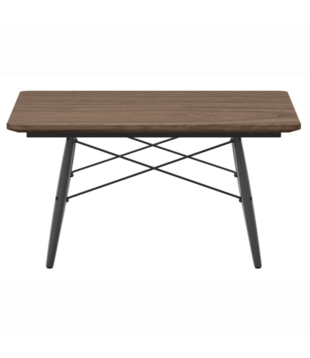
In 1949, Charles and Ray Eames designed the Eames Coffee Table as a unique piece for their own home decor.
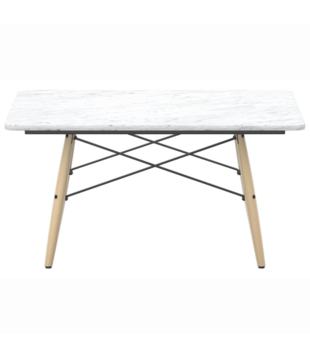
In 1949, Charles and Ray Eames designed the Eames Coffee Table as a unique piece for their home decor.
Vitra
A family business for eighty years, Vitra believes in lasting relationships with customers, employees and designers, durable products, sustainable growth and the power of good design.
The Swiss Vitra has been producing beautiful and iconic chairs, tables, lamps and home accessories for private homes as well as offices and public spaces since the 1950s. The strength of the brand lies in the products designed by the world's most renowned designers such as Charles and Ray Eames, Verner Panton, Jean Prouvé, Hella Jongerius, the Bouroullec brothers and many others. Together with them, they make high-quality design furniture with an eye for sustainability and innovation. Vitra already has many design classics to its name, such as the very popular Eames Loungechair and the Eames Plastic Chairs. The collaboration between Vitra and Ray and Charles Eames in the 1940s/50s was therefore a golden opportunity.
The Vitra Chairs:
Vitra is well known for its chair collection. For example, there is the Panton Chair, DSW, DAR, DAW and the DSR series, all very specific and iconic by now.
The Vitra tables:
There are dining side tables and coffee tables, most designed by Charles & Ray Eames. But the tables of the other designers are also very well known, such as the coffee table by the designer Isamu Noguchi. this table has a sculptural organic shape and a ditto glass table top.
Vitra Lamps:
Then you immediately think of the Akari collection, which consists of no less than 55 versions, this series was designed by Isamu Noguchi. The series consists of floor lamps, pendant lamps and table lamps. All these lamps are still made by hand from shoji paper and therefore beautifully traditionally filtered, creating a warm glow and a pleasant atmosphere.
Vitra Clocks
All Vitra clocks are designed by George Nelson, a well-known designer from the United States. Today, the studio of designer George Nelson is considered one of the founders of American modernism and one of the most influential American furniture designers of the 1950s. Nelson was active as a designer, graphic artist, architect, exhibition organizer, design manager and design promoter. A design critic and theorist, he is also the author of a number of books 'Tomorrow's House' (1947), 'Problems of Design' (1957), 'How to see' (1977), 'On Design' (1979), and a special rich journalistic body of work that has influenced the international approach to design and architecture for decades.












